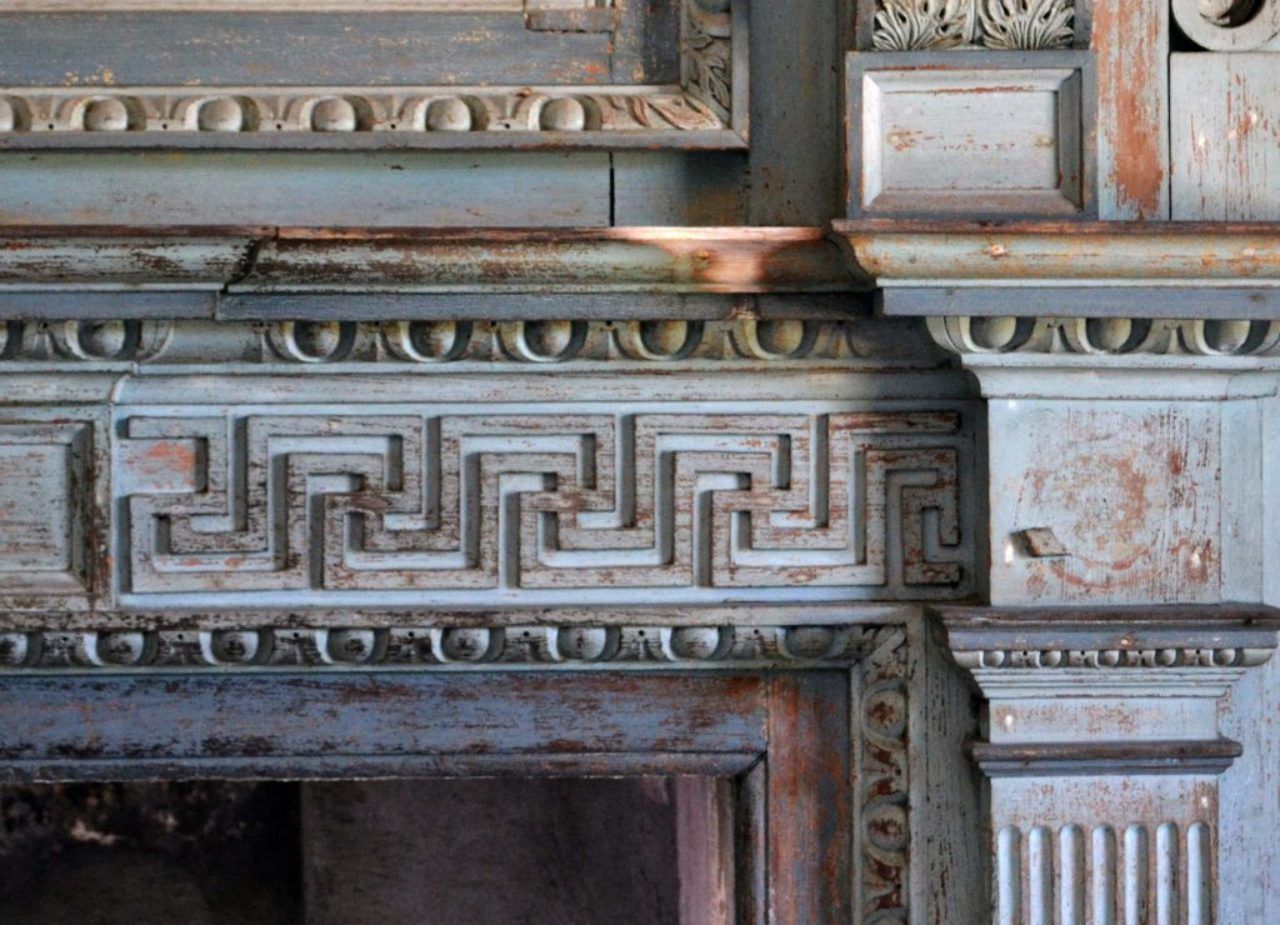

I shall have to visit the god to ask if he is my father."Ī couple of years went by before Phaethon kept his word. "Well, if you don't believe me, your own mother, then all I can suggest is that you go and ask the Sun himself!" "But I need proof, Mother!" insisted Phaethon. And if my words are not true, may I never see the sunlight again." Hearing this, his mother raised her arms towards the sky and declared, "By the radiant sun above us, that sees all and hears all, I swear to you, my dear, you are truly the sun god's child. "But I need proof, Mother, or else I will be too ashamed to leave the house because everyone will think I'm boasting and telling fibs." "Well, I promise you he is the god of the sun," replied his mother. Then Phaethon went to his mother, Clymene, and complained: "Epaphus is going around telling everyone that I'm a liar and that my father isn't the sun god!" I should know because my father is the king of the gods." A boy called Epaphus, who believed that his father was Zeus, used to taunt him by saying: "My father is the god of the Sun, so don't mess with me!"Īnd while some of his friends were impressed, not all of them took him at his word. When he was little, Phaethon would often boast to the other Greek boys: His hair was as bright and golden as the morning sun, and his mother always told him that this amazing hair was a super gift from his father, who was none other than the god of the sun. He was just a boy but was convinced he was half a god. The ancient Greeks used to tell a story about a boy named Phaethon. So how did this greenery become a scorching, silent sandbox? Only a few spots, called oases, are left to tell the story of when it was a cool, green paradise.

And when the sky decided it was time for a little shower, it sent down droplets as soft and gentle as a butterfly's kiss, soothing the Earth in its own quiet way.īut today, as you might know, the Sahara is a vast desert.
#GREEK MEANDER HOW TO#
The breeze knew how to put on a show, strong enough to rustle leaves and toss blossoms into the air, but it never got too wild or angry. The temperature was sometimes a bit warm, like a baby’s bath, and other times a bit cool, like a fresh slice of watermelon, but mostly it was just perfect. The weather of the Sahara was a playful friend. Long, long ago, the Sahara was a secret garden, a wonderland overflowing with leafy trees that touched the sky, waterfalls that glistened like diamonds, and flowers in every colour you could imagine. It's a tale of a Greek boy named Phaethon and his extraordinary adventure that changed the face of the world.Get ready for a tale of gods, superpowers, and a lesson that will stay with you! Listen on, and you will learn how the Sahara in Africa became a desert - or at least you will hear the story, according to ancient Greeks. Hello, This is Bertie, and I'm here with a Greek myth. Our educational Questions and Activities for this story are below the text. On our website there is one more collection of meander patterns called ‘ Ancient Greek key patterns‘, and on the Architectural meander borders page you can find examples of meander patterns transformed into borders.Sponsored by the fantastic Kiwico - we really recommend their crates of fascinating projects for kids of all ages.
#GREEK MEANDER FREE#
If you like them, try not to use them just for projects related to Antiquity, but feel free to use them as your imagination dictates.Īnd remember that meander patterns have been popular for 2-3 millennia now! Meander patterns can be used as frieze patterns, but by drawing corners they can be turned into frame borders. It can be concluded that these repeating patterns are several thousand years old. The collection contains 12 precisely drawn meander patterns found in various books that focused on Ancient Art. Some art history books have stated that the meander pattern can also be understood as the well-known ancient frieze pattern in the form of a continuous line having the shape of successive water waves (spiral curved wave tops). It is one of the most used patterns throughout human history, and has been applied in architecture, on various items such as pottery, on clothing, and even the shield of Alexander the Great was decorated with meander patterns.


 0 kommentar(er)
0 kommentar(er)
